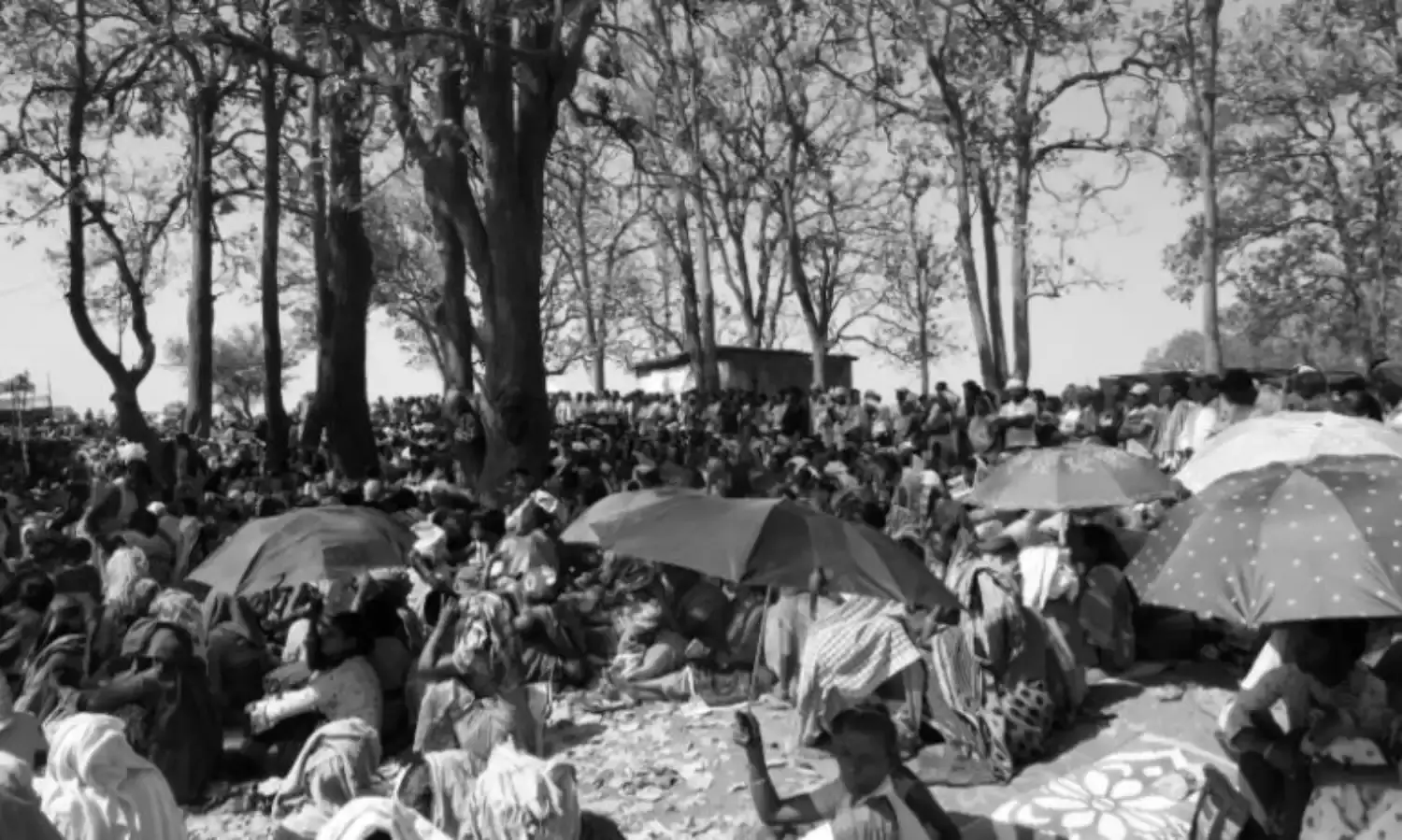The Netarhat Firing Range Protest
Violation of indigenous rights and culture

NETARHAT: This hill station in the Latehar district of Jharkhand is also called the Queen of Chotanagpur. Netarhat is known for its scenic beauty and exquisite climate but there is also a protest going on here for the past 30 years, against an army field firing range that has sprouted a long campaign against relocation and dispossession.
The protest has been going on since the 1990s when New Delhi designated around 1,471 square kilometers in the Netarhat Hills near Latehar for an army field fire exercise prior to the formation of what is now known as Jharkhand.
Under Section 9(1) of the Manoeuvres Field Fire and Artillery Practices Act of 1938, two state government notifications in November '91 and March '92 notified this region for ten years of periodical field firing and artillery exercises.
According to sources, further notices in 1992 and 2002 extended the exercises until 2022.
People have terror in their hearts of losing their homes and forests. Of risks to their identities. That is why, over the past 30 years, individuals have travelled tremendous distances, packing food and carrying children, to come here and demand its removal.
The movement's strength also comes from the participation of women. Many Adivasi (Indigenous) communities did not see the need for women to join and speak in meetings at first, as many others still do today.
The Netarhat movement, on the other hand, is a tremendous illustration of women in power. It has made them more conscious of the situation. Many smaller movements led by women have sprung up as a result. Women's leadership in gram sabhas (village governments) has also become more prominent.
Adivasis have a significant relationship with their natural surroundings, which supports environmental protection as well as their immediate subsistence requirements as farmers or forest residents.
Despite the constantly changing political and economic character of the Indian state, Adivasi demands have remained consistent: "rights over jal, jangal and jameen" (water, jungles and land). The recent protest march against the Netarhat firing range demonstrates the Indian state's ongoing violation of Indigenous rights and culture.
To safeguard the rights of Adivasis, the Indian government must place strong emphasis on enforcing laws such as the Forest Rights Act of 2006, which empowers Adivasi systems of governance and existence, while also ensuring that any land purchase has the approval of the affected Adivasi tribe.
Even today, many ask the same question: why should precious items fundamental to human survival be sacrificed for the sake of what is called development?
The forest is more than just a forest. It symbolizes the variety of life. Saving it is the same as saving variety.
Ishan Banerjee is a Ranchi-based documentary photographer



